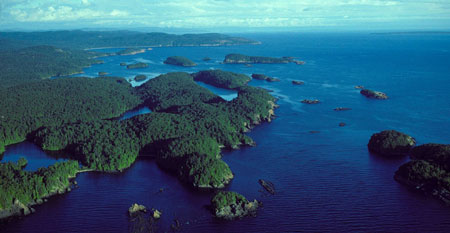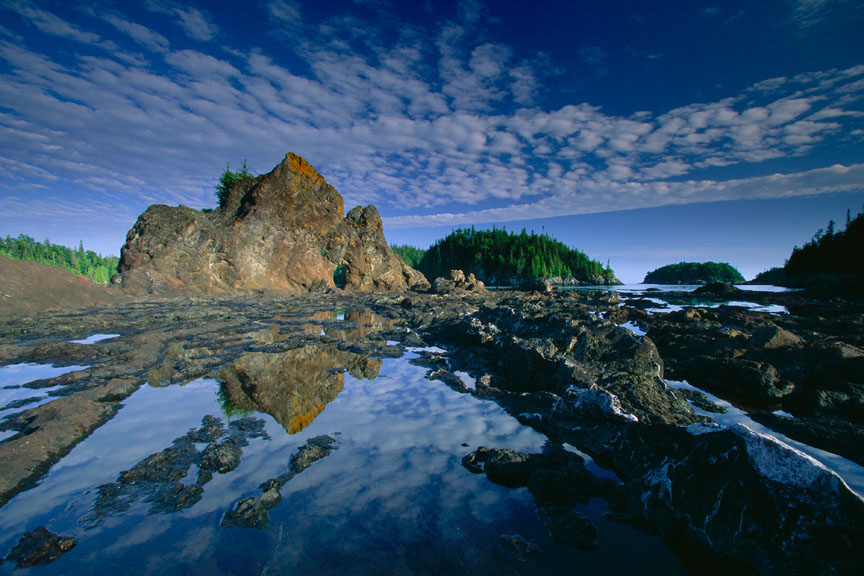The biggest trend in the private island world continues with a large donation of 20 pristine Lake Superior islands to a local conservancy.
The Lake Superior Watershed Conservancy was thrilled earlier this month to report a very unusual donation – 20 spectacular islands, along with a rare cranberry bog and 80 acres of richly-forested mainland.
The huge cache of islands was a coup for the organization, which has devoted itself to preserving and conserving the lake’s unique ecosystems.
Part of an overwhelming trend in recent years of private islands moving, through gifts or purchases, into the hands of conservancies and public land trusts, this donation allows the important piece of shoreline and 20 islands in Lake Superior to join the surrounding nature preserve, Lake Superior Provincial Park.
Known as the Gargantua Islands, the archipelago has a historic importance to the Ojibwa people, with at least one of the islands containing fascinating petroglyphs and artwork. The largest of the Gargantuas is the colorfully-named Devil’s Warehouse Island, which features unique rock formations like Devil’s Chair and was the site, according to indigenous lore, where the god Nanibozoo dwelled and would accept offerings in exchange for safe passage across the lake.
The donation to the Lake Superior Watershed Conservancy was courtesy of the three Gilpin brothers – Ken, John and Tom – all residents of Detroit who inherited the islands, and believe they came into the family when their grandfather, an attorney, accepted the property instead of a payment.
Through the American Friends of Canadian Land Trusts (AFCLT), the brothers were able to donate the islands while still enjoying charitable tax deductions, avoiding a barrier that had prevented many Americans from donating cross-border land. Thanks to this new policy, the islands and their striking natural beauty will be protected forever.
As the largest freshwater lake in the world, Lake Superior is an important place for conservation and scientific study, with researchers flocking to examine its plentiful wildlife and vibrant old-growth forests. Situated in the northern reaches of Ontario and Michigan, the minimal human encroachment in the region has kept the lake in a good ecological state relative to the notoriously-polluted lower Great Lakes.
However, Lake Superior is not without its environmental concerns – the lake is heavily-trafficked by ships carrying fuel and commodities, and despite having little industry and farming around the lake, pollution is still a concern due to rock quarries and mineral mining.
If Lake Superior is to keep its status as the cleanest of the Great Lakes, a future of greater conservation is essential – and the generous cross-border donation by the Gilpin Brothers, facilitated by the AFCLT, will go a long way to realizing that vision and hopefully inspire others to do the same.
Read more about this story: Link




